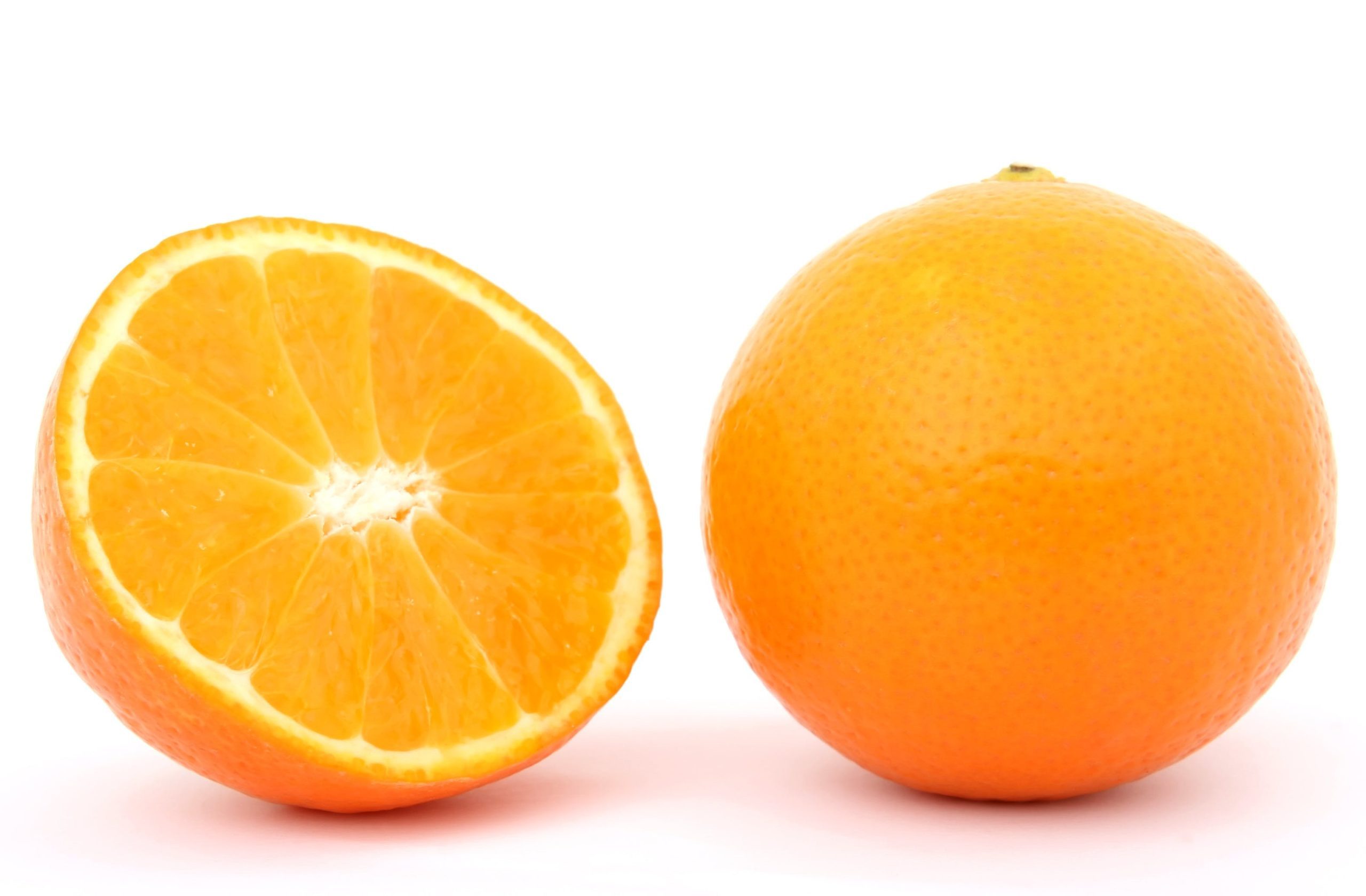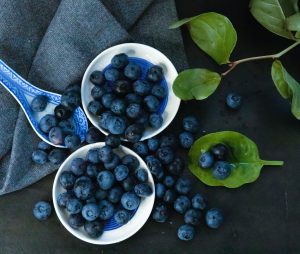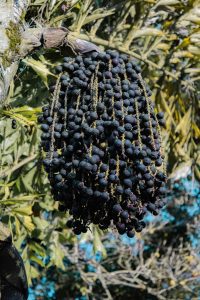
What Is an Orange?
An orange is a citrus fruit renowned for its vibrant color, refreshing flavor, and nutritional richness. Botanically known as Citrus sinensis, oranges belong to the Rutaceae family. They originated in Southeast Asia but are now cultivated in various tropical and subtropical regions globally. Oranges are characterized by their round shape, typically orange-hued peel, and segmented, juicy flesh.
The fruit is a rich source of vitamin C, providing essential antioxidants that contribute to immune system health. Oranges also contain fiber, potassium, and other nutrients beneficial for overall well-being. With a sweet and tangy taste, oranges are enjoyed fresh, juiced, or incorporated into a myriad of culinary dishes, desserts, and beverages.
Culturally, oranges hold significance in various traditions, symbolizing prosperity and good fortune. Navel oranges, Valencia oranges, and blood oranges are some common varieties, each offering distinct flavors and appearances. The versatile nature, coupled with the nutritional benefits, has made oranges a staple in diets worldwide, not only for their taste but also for their positive impact on health.
Why Do We Eat Oranges?
People eat oranges for various reasons, including their delicious taste, nutritional benefits, and versatility. Here are some key reasons why oranges are commonly consumed:
- Rich in Vitamin C:
- Oranges are a potent source of vitamin C, a crucial antioxidant that supports the immune system, helps the body absorb iron, and promotes skin health.
- Nutrient-Rich:
- Oranges contain other essential nutrients such as fiber, potassium, and various antioxidants, contributing to overall well-being and supporting various bodily functions.
- Refreshing Flavor:
- Oranges have a sweet and tangy flavor, making them a refreshing and enjoyable fruit to eat on their own or incorporate into various dishes and beverages.
- Hydration:
- Oranges have high water content, aiding in hydration. Eating oranges can be particularly refreshing, especially in warm climates.
- Versatility in Culinary Use:
- Oranges are versatile and can be used in a variety of culinary applications. They are commonly juiced for beverages, added to salads, used in desserts, or simply eaten as a snack.
- Dietary Fiber:
- The fiber content in oranges helps support digestive health, regulate blood sugar levels, and promote a feeling of fullness.
- Cultural Significance:
- Oranges hold cultural significance in various traditions and celebrations, symbolizing good luck, prosperity, and abundance.
- Available Year-Round:
- Oranges are widely available throughout the year, making them a convenient and accessible fruit for regular consumption.
Overall, the combination of a delightful taste, nutritional richness, and versatility in culinary use makes oranges a popular and healthy choice for people worldwide.
When Do We Eat Oranges?
Oranges are enjoyed throughout the year due to their availability, but there are certain occasions and seasons when they are particularly popular:
- Year-Round Snack:
- Oranges are commonly eaten as a healthy and refreshing snack at any time of the year. Their portable nature and easy peel make them a convenient choice for on-the-go consumption.
- Breakfast:
- Oranges are often included in breakfast meals. Whether eaten on their own, juiced, or added to fruit salads and yogurt, they provide a burst of flavor and essential nutrients to start the day.
- Summer and Warm Seasons:
- Oranges are especially refreshing during hot weather. Their high water content helps with hydration, and chilled orange slices or freshly squeezed orange juice are popular choices to cool down.
- Cold and Flu Season:
- Due to their rich vitamin C content, oranges are often consumed during the cold and flu season to support the immune system and help prevent or alleviate illness.
- Culinary Uses:
- Oranges are used in a variety of culinary applications, including salads, desserts, sauces, and marinades. Their sweet and tangy flavor adds a delightful touch to both sweet and savory dishes.
- Holidays and Celebrations:
- Oranges, particularly in the form of orange slices or orange-flavored treats, are often included in holiday celebrations and festive meals. They may symbolize good luck and abundance in some cultures.
- Harvest Season:
- In regions where oranges are locally grown, the harvest season, typically in winter, marks a time when fresh, locally sourced oranges are abundant and consumed more frequently.
In summary, oranges are a versatile fruit that can be enjoyed year-round, fitting into various occasions, seasons, and culinary preparations.
Ingredients of Oranges
The main edible parts of oranges include:
- Peel/Zest:
- The outermost layer of the orange, commonly known as the peel or zest. The zest, rich in essential oils, is often used for flavoring in culinary applications.
- Pulp/Flesh:
- The juicy, segmented part of the orange that is typically consumed. The pulp is rich in vitamin C, fiber, and other nutrients.
- Juice:
- The liquid extracted from the pulp, commonly known as orange juice. Orange juice is a popular beverage and is also used in cooking and baking.
- Seeds:
- Oranges contain seeds, though some varieties are seedless or have very few seeds. The seeds are generally not consumed.
The nutritional composition of oranges includes vitamins (especially vitamin C), minerals, antioxidants, and dietary fiber. Oranges are known for their hydrating properties due to their high water content.
In culinary applications, oranges are not only eaten fresh but also used in various dishes, desserts, beverages, and sauces. The combination of sweet and tangy flavors makes oranges a versatile and flavorful ingredient in both sweet and savory recipes.
Types of Oranges
There are numerous varieties of oranges, each with its own unique flavor, appearance, and characteristics. Here are some common types of oranges:
- Navel Oranges:
- Known for the distinctive “navel” or growth at the blossom end, these oranges are seedless, sweet, and easy to peel. They are popular for eating fresh.
- Valencia Oranges:
- These oranges are commonly used for juicing due to their sweet and flavorful taste. They have a thinner peel and a higher juice content compared to other varieties.
- Blood Oranges:
- Characterized by their deep red or burgundy flesh, blood oranges have a distinct sweet-tart flavor. The color is due to the presence of anthocyanin pigments.
- Cara Cara Oranges:
- These oranges have pinkish-red flesh and a sweet flavor with hints of berry. They are known for being less acidic than traditional oranges.
- Mandarin Oranges:
- Including varieties like Clementines and Satsumas, mandarin oranges are easy to peel, typically seedless, and have a sweet taste. They are often enjoyed as snacks.
- Seville Oranges:
- Known for their bitter taste, Seville oranges are commonly used in the production of marmalade and other preserves.
- Hamlin Oranges:
- These are a common type of sweet orange with a balanced flavor. They are often used for both fresh consumption and juicing.
- Jaffa Oranges:
- Originally from Israel, Jaffa oranges are sweet, seedless, and have a distinctive thin skin. They are known for their high-quality taste.
- Tangerines:
- Tangerines, including varieties like the Clementine, are small, sweet oranges with loose, easy-to-peel skin.
- Bitter Oranges:
- These oranges, such as the Seville orange, have a sour and bitter taste. They are commonly used in cooking and for making marmalade.
The availability of these varieties can vary based on geographical location and the time of year. Each type of orange has its own unique characteristics, making them suitable for different culinary uses and preferences.
Signs of Ripe, Signs of Raw and Signs of Rotten Oranges
Signs of Ripe Oranges:
- Color:
- Ripe oranges typically have a vibrant, bright orange color. However, some varieties may have a reddish or yellowish hue when ripe.
- Firmness:
- Ripe oranges should feel firm but slightly yielding when gently squeezed. Avoid overly soft or mushy fruits.
- Fragrance:
- Ripe oranges often have a sweet and citrusy aroma, especially around the stem area.
- Weight:
- Ripe oranges are heavier for their size, indicating juiciness.
Signs of Raw (Underripe) Oranges:
- Hardness:
- Underripe oranges feel hard and unyielding when gently squeezed. They may lack the juiciness and sweetness associated with ripeness.
- Green Color:
- Some varieties of oranges, especially when unripe, may have a greenish tint. Look for a uniform color as a sign of ripeness.
- Lack of Aroma:
- Underripe oranges may have a subtle or lackluster citrus fragrance compared to fully ripe ones.
Signs of Rotten Oranges:
- Mold or Discoloration:
- Check for any signs of mold, unusual discoloration, or dark spots on the skin or the flesh, as these can indicate spoilage.
- Unpleasant Odor:
- Rotten oranges emit a foul or fermented smell. If the orange has a strong, unpleasant odor, it may be spoiled.
- Excessive Softness:
- A rotten orange feels excessively soft, mushy, or has areas of extreme softness. Avoid fruits with these characteristics.
- Visible Decay:
- Look for visible signs of decay, such as sunken or shriveled areas, especially around the stem or blossom end.
Always use a combination of these indicators to determine the overall condition of an orange. If in doubt, choose fruits that feel heavy for their size, have a vibrant color, and give off a pleasant fragrance without any signs of decay.
Summary
Oranges, scientifically known as Citrus sinensis, are a widely consumed citrus fruit celebrated for their sweet, tangy flavor and nutritional richness. Originating in Southeast Asia, they now thrive in various tropical and subtropical regions globally. Oranges are characterized by their round shape, vibrant orange peel, and juicy, segmented flesh.
Rich in vitamin C, oranges contribute to immune system health, skin integrity, and overall well-being. They also contain fiber, antioxidants, and various minerals. Common varieties include Navel, Valencia, Blood, Cara Cara, and Mandarin oranges, each offering distinct flavors and characteristics.
Oranges are enjoyed year-round and serve various culinary purposes. Whether eaten fresh, juiced, or incorporated into salads, desserts, and beverages, they provide a burst of refreshing flavor. Oranges are versatile in both sweet and savory dishes, and their peel, or zest, adds aromatic notes to culinary creations.
Culturally, oranges hold significance, symbolizing prosperity and good fortune in many traditions. They are a popular snack, breakfast item, and a staple during holidays and festive occasions. With their delightful taste, nutritional benefits, and culinary adaptability, oranges continue to be a beloved and essential fruit in diets worldwide.






